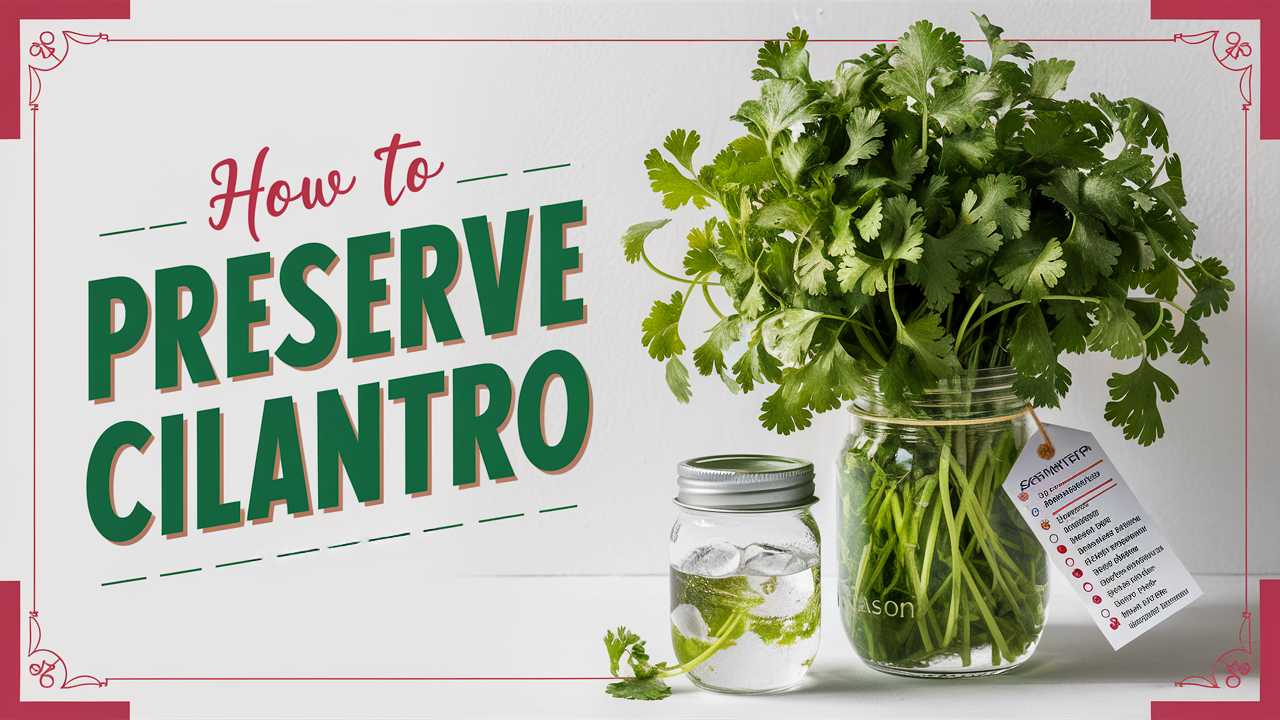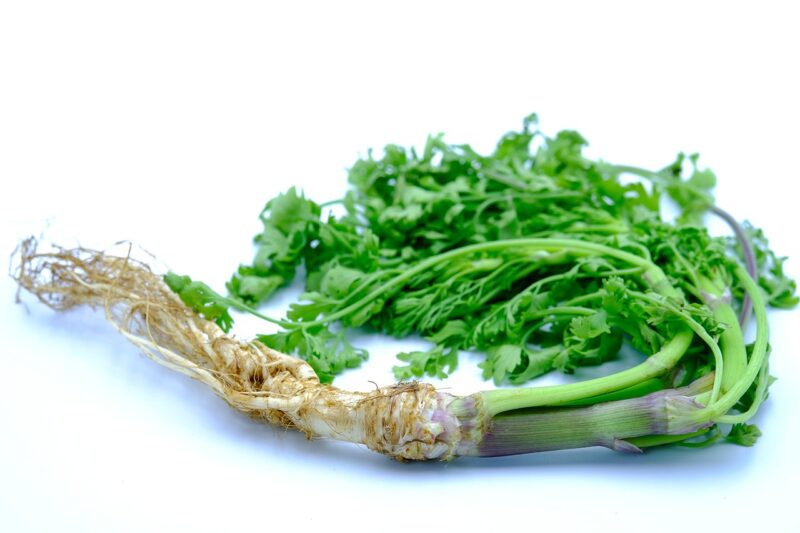Cilantro, also known as coriander in some regions, is a fragrant herb beloved for its unique flavor that can elevate even the simplest dishes. Whether tossed in a salsa, blended into a pesto, or sprinkled over tacos, this vibrant herb has a universal appeal. However, if you’ve ever bought a bunch only to find it wilting away in your fridge, you know how quickly it can lose its charm.
Preserving cilantro can help you maintain its freshness and flavor, ensuring it’s ready to enhance your culinary creations. In this blog post, we’ll explore various methods of preserving cilantro, offering tips and techniques that cater to every cooking enthusiast.
Understanding the nature of cilantro is essential to appreciate its versatility. It thrives in warm weather, but it can also be quite sensitive. Even the slightest change in humidity or temperature can cause its delicate leaves to darken and lose their crispness. In my own kitchen, I encountered this struggle many times, trying various methods until I found techniques that truly made a difference in how I preserved cilantro. My journey through different preservation tactics offers a wealth of knowledge that I’m excited to share.
The Beauty of Fresh Cilantro

Before we jump into preservation methods, it’s important to recognize what makes cilantro so special. Fresh cilantro has a crisp texture and a flavor that is simultaneously citrusy and peppery. It’s a key ingredient in numerous cuisines, including Mexican, Indian, Thai, and Middle Eastern. No wonder many chefs view it as a staple herb!
When fresh cilantro is at its peak—vibrant green with a lively aroma—it’s truly a sight (and scent) to behold. But its fleeting freshness can be frustrating. Understanding the best ways to preserve cilantro helps stay connected to those fleeting culinary delights.
Why Preserve Cilantro?
There are many reasons to preserve cilantro, from managing cost-effectiveness to capturing seasonal flavors. Buying cilantro in bulk can save you money and minimize food waste, but without proper preservation, you may find yourself tossing out half of it. Additionally, preserving cilantro allows you to enjoy its vibrant flavor throughout the year, even when it’s out of season.
Imagine opening your freezer or pantry to find a stash of perfect cilantro ready for your next culinary adventure. You can whisk away to those warm summer evenings or curry-infused autumn days, regardless of what the calendar says. This anticipation makes the effort to preserve worthwhile.
Selecting Fresh Cilantro
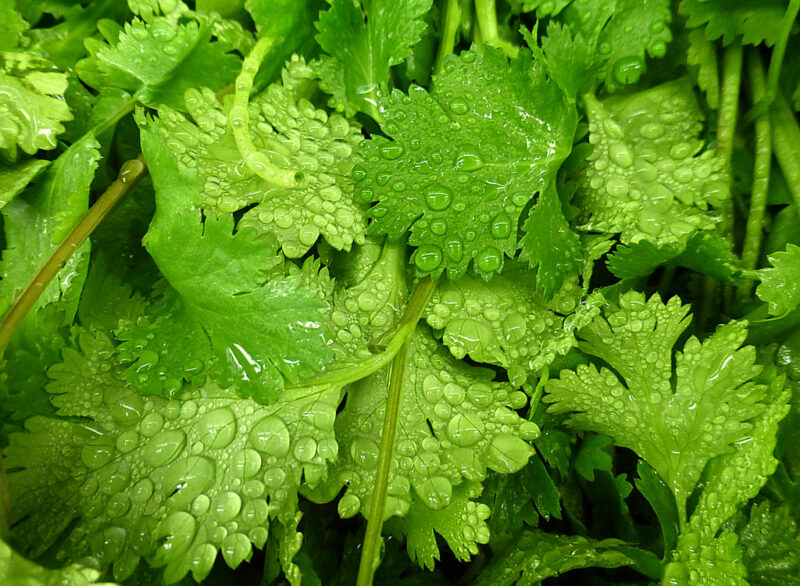
Embarking on the preservation journey begins with selecting the right cilantro. When you’re at the market or grocery store, look for cilantro that is fresh and vibrant. Avoid any bunches that have yellowing leaves or soft, wilting stems.
When buying cilantro, it’s often beneficial to choose organic varieties, as they tend to have a more robust flavor. However, local grocery store offerings can still be very fresh, so trust your senses. The fragrance of cilantro should be strong and invigorating, giving you a sense of its potential in your meals.
Basic Preservation Techniques
Once you’ve selected your cilantro, you must decide on a method for preserving it. Here, we’ll cover several tried-and-true techniques, each with its unique flair.
One of my personal favorites is the water method—storing cilantro much like you would cut flowers. This technique breathes new life into the herb and keeps it crisp for longer. Simply trim the stems, place them in a jar with water, and cover the top with a plastic bag. Store it in the fridge, and voilà! You’ll have fresh cilantro for an extended time.
Another straightforward technique involves wrapping cilantro in damp paper towels and placing it in a sealed plastic bag. This method keeps the moisture just right while preventing the herb from becoming too soggy. When using this preservation technique, I’ve often turned to the “sniff test” before using it. If it smells fresh, it’s perfect for my dishes.
Freezing Cilantro
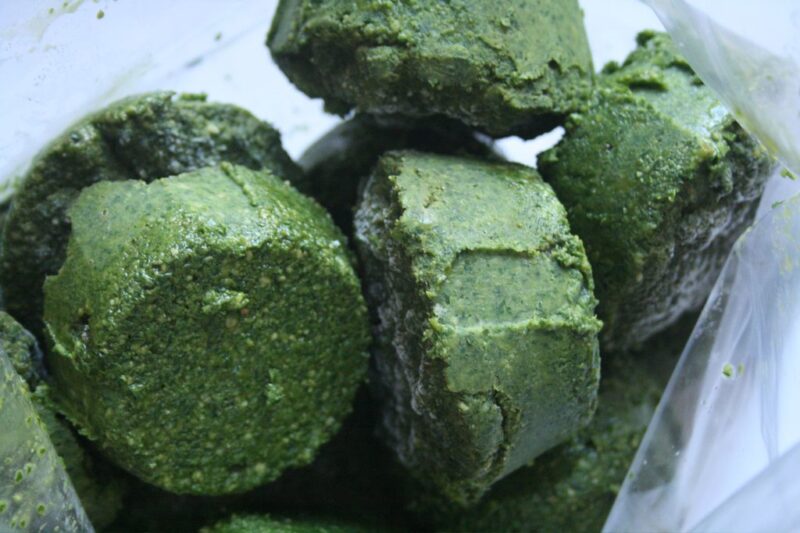
Freezing is a popular and effective method to preserve cilantro’s flavor. Here are steps on how to freeze cilantro properly to retain as much of its aromatic punch as possible:
Wash and Dry: Start by thoroughly washing the cilantro to remove any dirt or pesticides. Gently pat it dry using paper towels or a salad spinner to ensure you’re not freezing excess water.
Chop and Portion: Depending on how you plan to use the cilantro later, you can chop it up or leave the leaves whole. Chopping tends to be more practical since it speeds up your cooking process when you pull it out of the freezer later.
Ice Cube Trays: For a unique and convenient preservation technique, consider using ice cube trays. Fill each cube with chopped cilantro and top with water or olive oil, and then freeze. Once solid, transfer the cubes to a freezer bag. This method makes it easy to add flavor to soups, stews, and sauces without having to chop fresh cilantro each time.
Freezer Bags: If packing into a bag, remove as much air as possible before sealing. This step prevents freezer burn, which can undermine the quality of the herb.
When using frozen cilantro, remember that the texture may differ from fresh cilantro. While it won’t have the same crispness, its flavor remains intact and is perfect for cooked dishes.
Drying Cilantro

Drying is another valid option for preserving cilantro, especially if you want to keep it on hand without the hassles of freezing. Unlike freezing, dried cilantro can lose some of its potency in flavor, but it still adds a lovely touch of earthiness to your dishes. Here’s how to dry cilantro effectively:
Air Drying: Tie several stems of cilantro together with string and hang them upside down in a warm, dry, and dark place. After a week or two—or once the leaves feel brittle—remove the dried leaves from the stems and store them in an airtight container.
Oven Drying: If you’re eager to speed up the process, you can use an oven. Preheat your oven to its lowest setting, spread the cilantro leaves on a baking sheet lined with parchment, and place them in the oven. Keep the door slightly ajar to allow moisture to escape and check them frequently to prevent burning.
Dehydrator: A kitchen dehydrator is an excellent investment if you’re serious about drying herbs. Simply follow the manufacturer’s instructions, and you’ll find that cilantro dries evenly and efficiently.
Make sure to label your containers with the date to track freshness. Enjoying a sprinkle of dried cilantro on a dish serves as a reminder of sunlit gardens, bringing a sense of vibrancy and warmth to your culinary creations even in the coldest of seasons.
Experimenting with Pesto
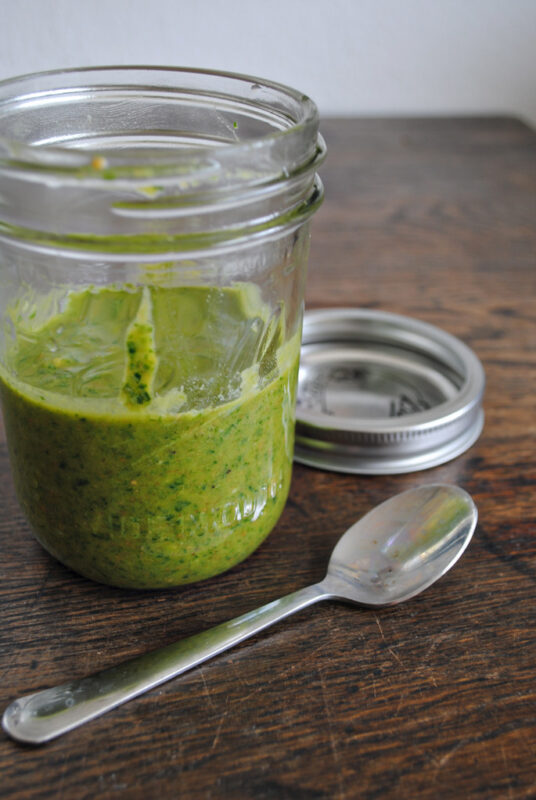
One of the most delightful methods to preserve cilantro is turning it into a flavorful pesto. This fresh batch of sauce can be used in various dishes throughout the year. Here’s a simple cilantro pesto recipe:
Ingredients:
2 cups fresh cilantro
1/2 cup nuts (almonds, walnuts, or pine nuts work well)
1/2 cup olive oil
1/2 cup grated Parmesan cheese
2 cloves garlic
Salt and pepper to taste
Instructions:
Combine all ingredients in a food processor and blend until smooth.
Taste and adjust seasoning as needed.
Store in a jar in the fridge for up to a week or freeze in small portions for long-term preservation.
This pesto serves not just as a condiment but also as a foundation for various dishes. You can mix it into pasta, slather it on toast, or even use it as a dressing for grilled vegetables. The possibilities are endless, and your preserved cilantro will carry the vivacious essence of summer sunsets into cold winter days.
Infusing Oils and Vinegars

If you’re feeling adventurous, consider infusing oils or vinegars with cilantro. This technique allows you to create your own flavored oil or vinegar, perfect for dressings, marinades, and dipping sauces. Here’s a simple guide to get you started:
Cilantro Infused Oil: Take a cup of olive oil and add a handful of fresh cilantro. Heat gently on a low setting for about 15 minutes, then let it cool. Strain out the cilantro and store your infused oil in a glass bottle. This oil can elevate a simple salad into something extraordinary.
Cilantro Infused Vinegar: In a glass jar, combine fresh cilantro with white wine or apple cider vinegar. Seal it and let it sit for a week in a cool, dark place. After that time, strain the cilantro out, and you’d have an aromatic vinegar ideal for salad dressings.
This fusion method not only showcases the herb’s flavor but also transforms everyday ingredients into culinary masterpieces with minimal effort. You’ll find that the subtle notes of cilantro can complement many dishes in unexpected ways.
Tips for Successful Preservation
While we’ve covered several preservation methods, here are some additional tips to ensure your cilantro stays in tip-top shape:
Know Your Quantity: When preserving cilantro, consider how much you typically use in a month. This knowledge will help you determine the amount to preserve, maximizing freshness while reducing waste.
Store Properly: Keep cilantro away from fruits like bananas and apples, which emit ethylene gas and cause herbs to wilt faster.
Label Everything: If you’re freezing, drying, or infusing, label your containers with dates. This practice not only keeps track of freshness but also helps in planning meals around your preserved stock.
Experiment: Don’t be afraid to try new methods and infusions of cilantro with other herbs, flavor combinations, and ingredients. Share your new creations with friends and family for added fun.
The Culinary Journey Continues
As you embark on the journey of preserving cilantro, remember that each method has its charm. Whether you opt for freezing, drying, pesto-making, or oil and vinegar infusion, you’ll soon find that preserving cilantro opens a new world of flavorful possibilities.
Moreover, sharing your preservation joy with friends or family can create lasting memories, be it hosting a homemade pesto tasting party or gifting infused oils that make loved ones swoon. In essence, preserving cilantro isn’t just about practicality; it’s a way to create, connect, and celebrate flavors together.


